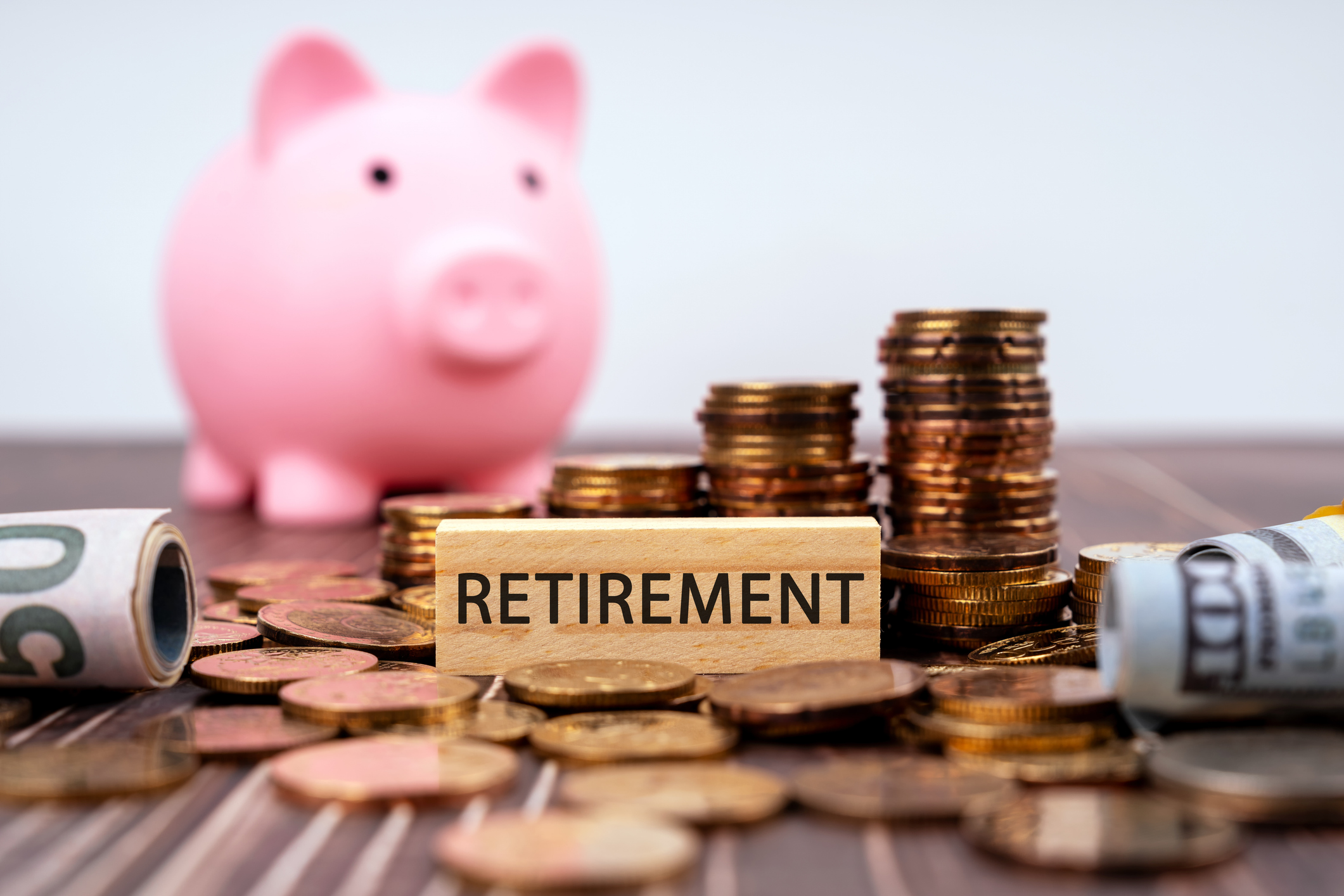Stand By Your Bonds in 2019
“Income Investing” columnist Jeffrey R. Kosnett predicts that a diversified portfolio of bonds will hold steady through the upcoming year.

For bond investors, 2019 will not be a time for sweeping changes—and perhaps not even mild adjustments—to your fixed-income plan. Bonds and other debt investments are doing what they’re supposed to: paying interest in full and on time, and smoothing out swings elsewhere. So, with just a couple of exceptions, there’s no reason to quit the bond market in 2019. The exceptions are long-term Treasuries of 10 years or more, which don’t yield enough relative to other opportunities, and bonds in suffering emerging markets, which you should absolutely avoid.
Outside of those two categories, U.S. dollar–denominated debt should deliver a total return, including the yield and any price changes, that’s a percentage point or two better in 2019 than it was in 2018. Let’s cut to the call: I predict that you will finish 2019 up or down 1% or less on a diversified collection that includes high-yield “junk” bonds and municipals, as well as short-term and intermediate-term Treasuries, bank loans and high-grade corporates.
You may scoff, recalling that wary traders and forecasters still imagine that continuing growth and creeping inflation will push interest rates higher for 2019, slicing deeper into the value of many bonds and bondlike alternatives. But I was correct that this past year’s red ink would be a lighter shade of pink, with losses coming in at a modest 2%. From the start of 2018 through November 9, the Bloomberg Barclays Aggregate index, which includes Treasury, mortgage and investment-grade corporate bonds of various maturities, fell 2.4%. Because the Agg, as financial folks endearingly call this benchmark, omits junk bonds and tax-exempts, both of which outperformed Treasuries, readers who follow this column should be in line to lose exactly 2%.
From just $107.88 $24.99 for Kiplinger Personal Finance
Become a smarter, better informed investor. Subscribe from just $107.88 $24.99, plus get up to 4 Special Issues

Sign up for Kiplinger’s Free Newsletters
Profit and prosper with the best of expert advice on investing, taxes, retirement, personal finance and more - straight to your e-mail.
Profit and prosper with the best of expert advice - straight to your e-mail.
Bonds are a proven buffer against stock market dives.
With risk-free cash now paying 2% or more, a few readers have wondered why I haven’t advised you to park all of your money in greenbacks or the equivalent, especially given the Federal Reserve’s repeated short-term rate bumps and talk of further tightening. And, sure, if the lottery were to hand you a surprise $10,000 tomorrow, I’d be the first to say put it in the bank.
But I don’t feel the urgency—and neither do the advisers and bond strategists I consult—to convert existing bond holdings (including funds and ETFs) into cash and to take the loss that would entail. The yield on those holdings is likely to be higher than what you’ll find at the bank, many funds are raising distributions, and bonds are a proven buffer against stock market dives—which have again become uncomfortably common.
Other technical and fundamental factors remain favorable or at least neutral for bonds. Municipals are faring well because the supply of new issues is tight while demand is burgeoning from high-income investors in high-tax states, who face a new federal cap on deductions for state and local tax payments. Fidelity Intermediate Muni (symbol FLTMX), a Kiplinger 25 fund, is a fine choice for fund investors.
High-yield bonds are also prized now as a short-term or medium-term investment. Junk-heavy funds, such as Osterweis Strategic Income (OSTIX, yield 3.7%) and PGIM Short Duration High Yield (HYSAX, 5.2%), have a duration—a measure of interest-rate sensitivity—of 2.3 or less. That means if interest rates rise by one percentage point, the funds’ value will fall by (roughly) 2.3% or less. Carl Kaufman, who runs Osterweis, says, “I think rates will oscillate on a slightly rising path” in 2019. But given yields on these funds that are more than twice their duration, we expect they will stay in the green in the year ahead.
Profit and prosper with the best of Kiplinger's advice on investing, taxes, retirement, personal finance and much more. Delivered daily. Enter your email in the box and click Sign Me Up.

Kosnett is the editor of Kiplinger Investing for Income and writes the "Cash in Hand" column for Kiplinger Personal Finance. He is an income-investing expert who covers bonds, real estate investment trusts, oil and gas income deals, dividend stocks and anything else that pays interest and dividends. He joined Kiplinger in 1981 after six years in newspapers, including the Baltimore Sun. He is a 1976 journalism graduate from the Medill School at Northwestern University and completed an executive program at the Carnegie-Mellon University business school in 1978.
-
 6 Champagne Problems Successful Retirees Face
6 Champagne Problems Successful Retirees FaceWhat do you do if your biggest financial threat is simply having too much of a good thing — money?
-
 Congress is Set for a Busy Winter
Congress is Set for a Busy WinterThe Kiplinger Letter The Letter editors review the bills Congress will decide on this year. The government funding bill is paramount, but other issues vie for lawmakers’ attention.
-
 A Portfolio Checklist If You're Planning to Retire in 2027
A Portfolio Checklist If You're Planning to Retire in 2027Are you planning on retiring in 2027? This portfolio checklist will help put you on the right path.
-
 What Fed Rate Cuts Mean For Fixed-Income Investors
What Fed Rate Cuts Mean For Fixed-Income InvestorsThe Fed's rate-cutting campaign has the fixed-income market set for an encore of Q4 2024.
-
 The Most Tax-Friendly States for Investing in 2025 (Hint: There Are Two)
The Most Tax-Friendly States for Investing in 2025 (Hint: There Are Two)State Taxes Living in one of these places could lower your 2025 investment taxes — especially if you invest in real estate.
-
 The Final Countdown for Retirees with Investment Income
The Final Countdown for Retirees with Investment IncomeRetirement Tax Don’t assume Social Security withholding is enough. Some retirement income may require a quarterly estimated tax payment by the September 15 deadline.
-
 How Inflation, Deflation and Other 'Flations' Impact Your Stock Portfolio
How Inflation, Deflation and Other 'Flations' Impact Your Stock PortfolioThere are five different types of "flations" that not only impact the economy, but also your investment returns. Here's how to adjust your portfolio for each one.
-
 Why I Still Won't Buy Gold: Glassman
Why I Still Won't Buy Gold: GlassmanOne reason I won't buy gold is because while stocks rise briskly over time – not every month or year, but certainly every decade – gold does not.
-
 Should You Use a 25x4 Portfolio Allocation?
Should You Use a 25x4 Portfolio Allocation?The 25x4 portfolio is supposed to be the new 60/40. Should you bite?
-
 Retirement Income Funds to Keep Cash Flowing In Your Golden Years
Retirement Income Funds to Keep Cash Flowing In Your Golden YearsRetirement income funds are designed to generate a reliable cash payout for retirees. Here are a few we like.
-
 10 2024 Stock Picks From An Investing Expert
10 2024 Stock Picks From An Investing ExpertThese 2024 stock picks have the potential to beat the market over the next 12 months.